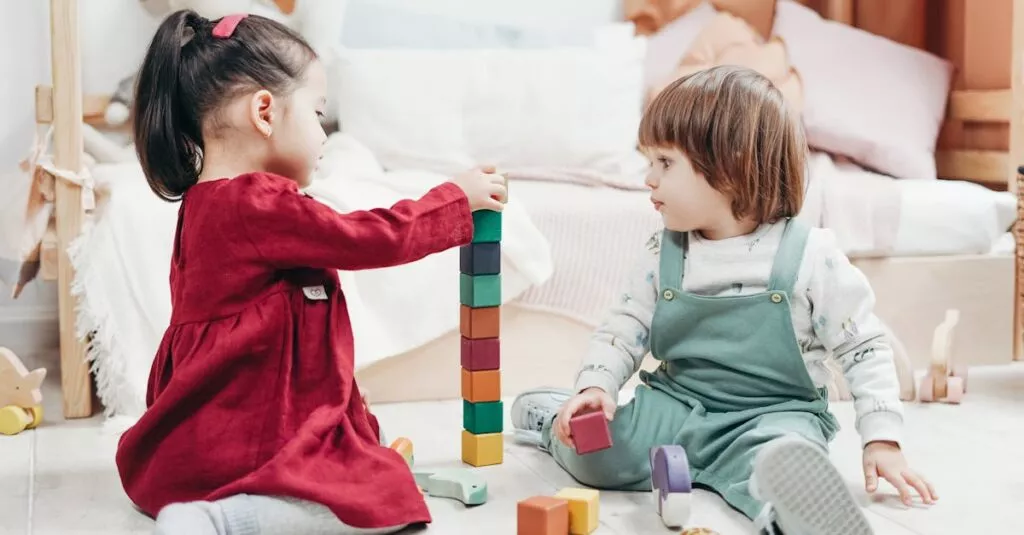Turning Bible Stories into Learning
When it comes to teaching preschoolers about God’s healing and miracles, starting with Bible stories is a win-win. Kids love stories, and the Bible is full of fascinating ones! Read stories of Jesus healing the sick or Moses parting the Red Sea. These stories are exciting and illustrate God’s power in a way that kids can grasp. Make it interactive by using puppets, toys, or even acting out the scenes. You’ll be amazed at how they engage and remember the stories. Through simple retellings, you’ll be instilling Christian values without the need for complex theology.

Conclusion: Engaging preschoolers with Bible stories is a powerful way to introduce them to Christian values in an enjoyable and memorable manner.
Creating Miracle Moments
Miracles feel special, and recreating that feeling at home can help reinforce their significance. Try creating moments for your child where they feel God’s love and care. For example, when they feel sad, pray together and talk about God’s love bringing comfort. Use daily moments to speak about small miracles, like seeing a rainbow after rain or a friend sharing a toy. Celebrate these as gifts from God. This helps them connect divine goodness with everyday life, making God’s presence feel real and accessible.

Healing with Play and Art
Why not let children explore healing through play and art? Give them coloring sheets of biblical scenes or let them draw their own. Use clay to recreate Bible scenes or toys for role-play to enact stories of Jesus healing others. This keeps their hands busy and minds engaged, teaching them in a fun, memorable way. Artistic activities help them internalize the lessons and stories naturally. Plus, these moments spark conversations about the deeper meanings, like kindness and helping others.

Connecting Prayer with Action
Teaching about God’s healing and miracles involves connecting prayer with action. For young kids, praying can be a delightful ritual. Teach them simple prayers asking for healing or thanking God for His miracles. Then, connect the prayers with tangible actions, like making ‘get well soon’ cards for sick family members or bringing cookies to a neighbor. Connecting prayers with actions helps kids understand the power of prayer and feel involved in God’s work. It bridges faith with real-world kindness.

Dealing with Doubts
Preschoolers can sometimes doubt the stories or struggle with understanding why miracles happen for some and not others. Acknowledge their feelings and provide simple, truthful responses. Explain that God’s love is always present, even when things don’t make sense.
Share personal anecdotes where you’ve felt God’s healing or experienced a small miracle. These stories make the abstract more relatable. Let kids express their feelings and reassure them that doubts are okay and part of growing in faith.

It is essential to create a safe space for children to express their doubts and questions while guiding them with kindness and understanding on their faith journey.
Encouraging Shared Experiences
Shared faith experiences can be both fun and instructive. Attend church services together or watch kid-friendly Christian videos. Organize a playdate centered around a Bible story, encouraging kids to share their thoughts. These experiences create a community feeling, reinforcing the idea that faith is both personal and collective.
Encourage your children to share their miracle stories and listen actively. This not only builds their confidence but also shows them the beauty of shared faith learning.

